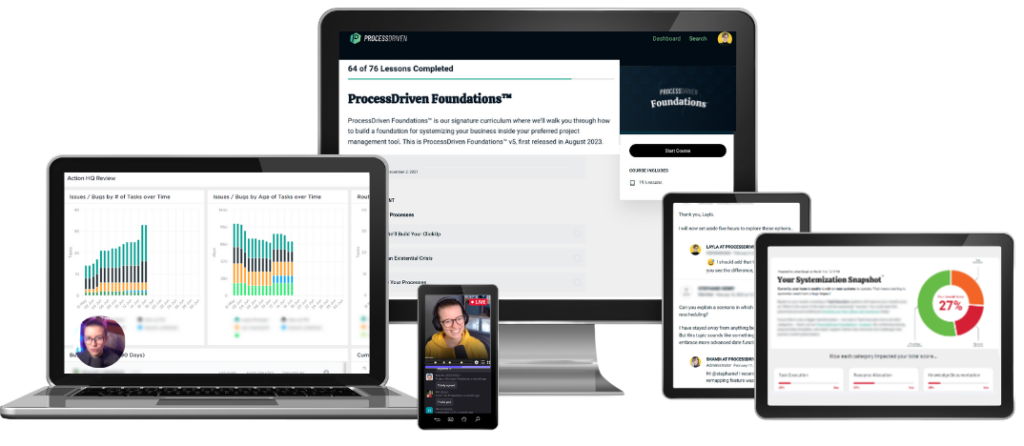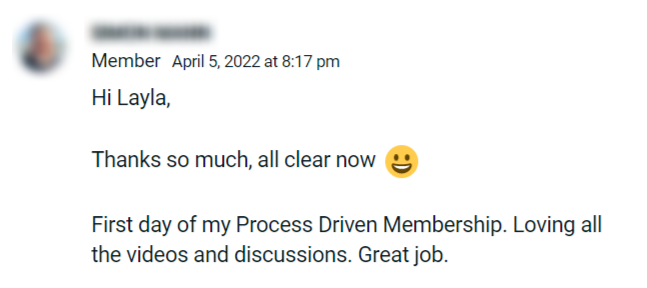
Join ProcessDriven Foundations.
If you’re ready to take action on your process-building goals with clear action steps, expert support, and inspiring peers…we’re ready for you!
“The ProcessDriven methodology just took our machine from being a trusty Toyota to a bad-ass BMW M3… [I’ve seen] a measurable 75x ROI over this year within a week of implementing what I learned in ProcessDriven…assuming I change nothing in my business from this point onward. But you know it’s gonna get even better as I get more processes built and use them to scale our company.”
RICHARD, PROCESSDRIVEN FOUNDATIONS™ GRADUATE



★★★★★ 5/5







